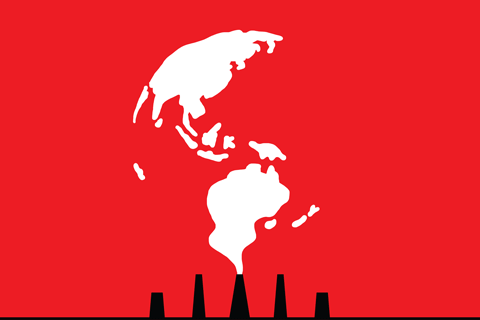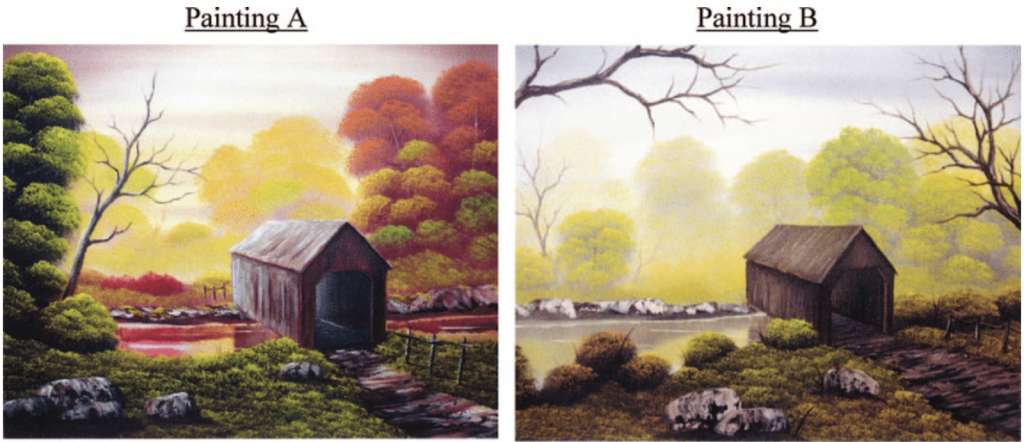NFT externalities will transform the realm of creative expression.
Through a three-pronged approach, they will have to be reckoned with even by people who are uninterested in the technology.
Economics 101
Externalities are the indirect costs (or benefits) of products or services. Pollution is frequently offered as an example, because plastic-producing corporations, for example, do not have to pay to clean plastic out of the ocean. The manufacturers gain, while the general public is taxed and the environment is burdened.

In the case of permissionless blockchains, this implies we’ll have to deal with the difficulties and externalities that occur in permissionless areas. Aside from the high energy costs associated with manufacturing NFTs on Ethereum, for which a remedy is being deployed, there is another issue that may be more difficult to resolve because it strikes at the heart of the technology’s decentralized principles.
Some musicians make more money from NFTs in a month than they did from streaming in a year. Many artists make more money from a single NFT release than they ever did from streaming. This is thrilling; music may finally be appreciated in the same way that art is valued in galleries.
The issue that the industry is currently experiencing is that anybody may construct an NFT of any material. Someone can generate a blockchain address, construct an NFT of a random Spotify song, and sell it on a marketplace like OpenSea. Nobody would suspect it was that specific person.
Although troubles are looming in the music industry, this has had a significant influence on the sectors of the visual arts. DeviantArt has now provided over 90,000 complaints of fraud to OpenSea, which is currently checking 4 million newly minted NFTs each week for fraudulent duplicates. While it is wonderful that products may be removed from a specific marketplace, this does not mean that the NFT is removed from the blockchain. It is still visible to everybody. OpenSea just decides not to broadcast it anymore.

Flashback to the early days of peer-to-peer filesharing
People may immediately access all of the music in the world thanks to peer-to-peer filesharing. It was an amazing time in human history. At the same time, the externalities were terrible, wiping off huge chunks of revenue for the industry. It took more than a decade for all-you-can-eat music streaming subscriptions to become commonplace.
What happened in between?
Whether the artists liked it or not, their music was suddenly freely and easily accessible to everybody on the planet. That was the emerging truth. To create a company, artists and labels such as Definitive Jux and Epitaph used a similar tactic of releasing free music on their websites, so that their audience would flock to them. They’d be able to sell concert tickets, gather email addresses, sell goods, and so forth from there.
It wasn’t their first choice, but it was the greatest way to capitalize on the reality of this genie who couldn’t be placed back in the bottle.
The NFT genie
What can artists do to prevent their works from being minted as NFTs on the blockchain? Apart from not publishing their art, they have done nothing. As the area changes, artists are obliged to create new techniques to cope with new types of fraud, forgeries, and counterfeits.

First and foremost, the good news:
Unlike the previous decentralization shock to the business, p2p filesharing, this technology will not reduce the value of art to anything. While it is infuriating that someone else may mint an NFT of your work and try to sell it, their sale does not deprive you of money unless they deliberately target people who are already familiar with you. The common situation is that they duped a random individual into purchasing a forgery.
Does that hurt the original artist? Unclear, but not likely. In fashion, researchers have found that “counterfeits have no negative effect on consumers’ perception of the luxury brand.”
Some estimates, dating back before NFTs, claim that 50% of art is fake or forged. Original works are consistently far more valuable. In one experiment, 180 participants were separated into two groups and asked to gaze at two similar-looking paintings by Jim Rilko. The first group was informed that the pieces were created by two separate artists. The second group was told that one of the paintings was a copy done by someone who was inspired by the other artwork. The first group gave about a similar value to the paintings, but the second group gave a substantially lower value to the apparent copy (source, study).

While it is outrageous, unfair, immoral (and unlawful) for someone to sell copies of other people’s work, it is uncertain if this has a detrimental impact on the artist’s work’s worth. Yes, it sucks, but the good news is that it won’t knock you out of business or have a significant impact on your bottom line.
Three-pronged approach
- Educating consumers
Checking the official social media channels of artists is the basic minimum one should do before purchasing an NFT.
If it’s a resale, you can see where the artwork came from and if the artist has that address displayed in their Twitter bio or on their official website.
Any platform that facilitates these sales should devote time and money to customer education.
Aside from the moral motive, there is also a business incentive to build trust among artists, customers, and institutions.
- Artists selling originals
People will try to imitate your art if it is good, and they may even try to sell the copies if they believe they will not be found. The invention of MP3s and peer-to-peer filesharing prompted artists to make their work available online, begin developing communities, and develop new economic models.
Will the invention of NFTs compel artists to begin constructing online galleries of their work, which will be offered to collectors as NFTs?
- Protocols of artwork verification
The issues at hand were ones of human collaboration, not technology. If the industry cannot work together to resolve the coordination challenges, it will be unable to reap the benefits of this new technology.
Either the industry works it out on its own, or a new generation of enterprises emerges to demonstrate to creators, entrepreneurs, and fans that another way is feasible, one that is more rewarding for both artists and fans.
That’s exactly what has occurred. Because it has historically been slow to shift unless pushed to, the music business is the canary in the coal mine for new technology.
So, NFTs have occurred.
Now, sectors must work together to guarantee that customers are not duped by forgers and that artists’ originals stand out amid the clones. A technology that indexes artwork and certifies originals might be created.
Previous attempts have either stranded or crumbled…
Because there’s more at risk now, perhaps resolving the problem of human cooperation will finally have the correct combination of incentives.
Marketplaces, wallet applications, virtual galleries, and social networking platforms might all use this protocol to determine if the artwork on display is a confirmed original, a validated fake, or unknown. This would also assist platforms to limit risk by requiring fewer DMCA takedowns and reducing liability for promoting sales of counterfeit or stolen works.
However, such a method contradicts decentralization ideals, and there is a significant risk of gatekeeping and power concentration in such a protocol if not carefully developed.
You may anticipate the emergence of centralized features for issues that decentralization cannot or will not prioritize. After all, when the ‘free market’ fails to address externalities such as pollution, it is up to centralized forces such as governments to clean up the mess and regulate. Decentralized filesharing resulted in centralized solutions such as music streaming services.
When decentralization fails to handle the externalities it creates, centralized remedies are used.
Make sure you check our blog regularly and follow us on Instagram for more NFT and music marketing-related updates.
Subscribe To Our Music Marketing Newsletter!
News about music marketing strategies to the music business and beyond.
Delivered to your inbox once a week.





